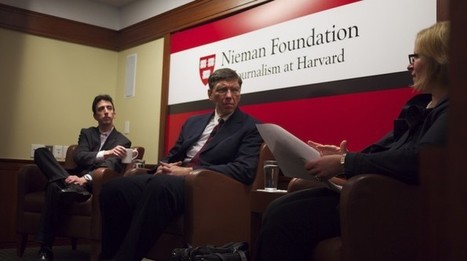When to trust a theory over hard data, why companies that try to do too much get picked apart by competitors, and why sometimes industries have to learn the same lessons over and over.
...Skok said news organizations often do study their history, but they don’t focus enough on what’s coming next. Looking at profit and loss statements every quarter emphasize a snapshot of the past; Clay’s work says no, don’t only trust that balance sheet — trust a theory to predict what will happen in the future. But the idea of running large companies based on theories over hard numbers is a tough sell, Skok said.
As disruption occurs, it commoditizes layers in the value stack — what used to be a high-value-added activity, one others couldn’t easily replicate, becomes cheap and easy. In journalism, the Internet, wireless technology, and other technologies have broadened the market for information. As a result, Christensen said, everyone has access to more information than they could possibly use. But that doesn’t mean that the whole indusry has become commoditzed and profitable: Commoditization opens up opportunities in adjacent layers in the value stack, he said. What you thought was a commodity becomes more profitable and proprietary — so even as one business dies, it opens up new opportunities. He cited the example of Forbes, whose previous core business — a print magazine — has been commoditized, but which has made interesting new moves online....



 Your new post is loading...
Your new post is loading...








Great conversation worth reading.